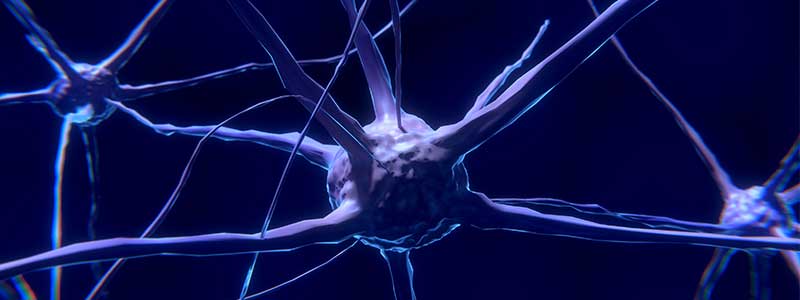
Marty Kotlar, DC, CPCO, CBCS
Question:
Dr. Kotlar, “I want to report a radiculopathy ICD-10 code. My patient has neck pain with radiating pain and tingling into the right arm. Do I need to order an MRI? What is the best radiculopathy code to use?”
Answer:
Radiculopathy is caused by compression or irritation of a nerve as it exits the spinal column. Common symptoms include pain, numbness, tingling or weakness in the legs or arms. Most patients with radiculopathy respond well to chiropractic care along with other conservative treatment. Radiculopathy can occur in any part of the spine, but most common is lumbar and cervical. Causes include disc herniation, disc degeneration, bone spurs, osteoarthritis, thickening of surrounding ligaments.
The diagnosis of radiculopathy begins with a thorough history and examination. In order for your services to be considered reasonable and justifiable, health plans, state scope of practice laws and standard practice acts require that your diagnoses have validity, are compatible with your procedure codes and are substantiated in your documentation.
The clinical rationale for choosing a diagnosis must be in writing, be part of your plan of care and entered in the patient chart notes. MRI, EMG, NCV and other diagnostic tests may be indicated. Radiculitis refers to “inflammation” of the spinal nerve root. Radiculopathy is a type of neuropathy, radiating pain, where a nerve or nerves do not function properly. The pain source is at the root of the nerve where it connects to the spine. Myelopathy describes a neurologic deficit that affects the spinal cord causing spinal cord compression.
Make sure your examination can justify the clinical rationale for choosing the correct diagnosis. Example: M54.12 is cervical radiculopathy. Your exam findings should include the following:
Subjective: Neck pain, radiating pain into upper extremity, numbness, tingling.
Ortho: Jackson compression, valsalva, foraminal compression, spurling, shoulder depression, shoulder abduction, decreased ROM.
Neuro: Diminished reflexes, dermatome changes, myotomal weakness, positive nerve stretch tests.
Chiro: Limited range of motion with pain, palpatory tenderness, subluxation, segmental dysfunction, fixation, hypomobility, hypermobility.
Imaging: MRI, x-rays, CT.
Below are common radiculopathy ICD-10 codes:
Disc Disorder with Radiculopathy:
M50.11: Cervical disc disorder with radiculopathy, high cervical, C2-3, C3-4
M50.121: Cervical disc disorder with radiculopathy, C4-5
M50.122: Cervical disc disorder with radiculopathy, C5-6
M50.123: Cervical disc disorder with radiculopathy, C6-7
M50.13: Cervical disc disorder with radiculopathy, C7-T1
M51.14: Intervertebral disc disorder with radiculopathy, thoracic
M51.16: Intervertebral disc disorder with radiculopathy, lumbar
Radiculopathy Codes:
M54.12: Radiculopathy, cervical
M54.14: Radiculopathy, thoracic
M54.16: Radiculopathy, lumbar
M54.17: Radiculopathy, lumbosacral
Sciatica:
M54.31: Sciatica, right side
M54.32: Sciatica, left side
M54.41: Low back pain with sciatica, right side
M54.42: Low back pain with sciatica, left side
Email info@targetcoding.com if you’d like to receive information on our best-selling book on The Best ICD-10 & CPT Codes to Improve Reimbursement.
Marty Kotlar, DC, CPCO, CBCS is the President of Target Coding. Dr. Kotlar is Certified in CPT Coding, Certified in Healthcare Compliance and has been helping chiropractors nationwide with HIPAA, Medicare compliance, documentation, and compliant cash plans for over 10 years. Target Coding can be reached at 1-800-270-7044, website – www.TargetCoding.com, email – info@targetcoding.com.









 ▶︎
▶︎  Why is the Discount Challenge prize amount $15,024? Because that is the average “per-occurrence” fine for Medicare inducements. That’s not $15,024 per patient, that’s not per provider, that’s PER VISIT. Stinks, doesn’t it? To us, the prize amount is worth the investment if we can help our profession better understand proper discounting.
Why is the Discount Challenge prize amount $15,024? Because that is the average “per-occurrence” fine for Medicare inducements. That’s not $15,024 per patient, that’s not per provider, that’s PER VISIT. Stinks, doesn’t it? To us, the prize amount is worth the investment if we can help our profession better understand proper discounting.